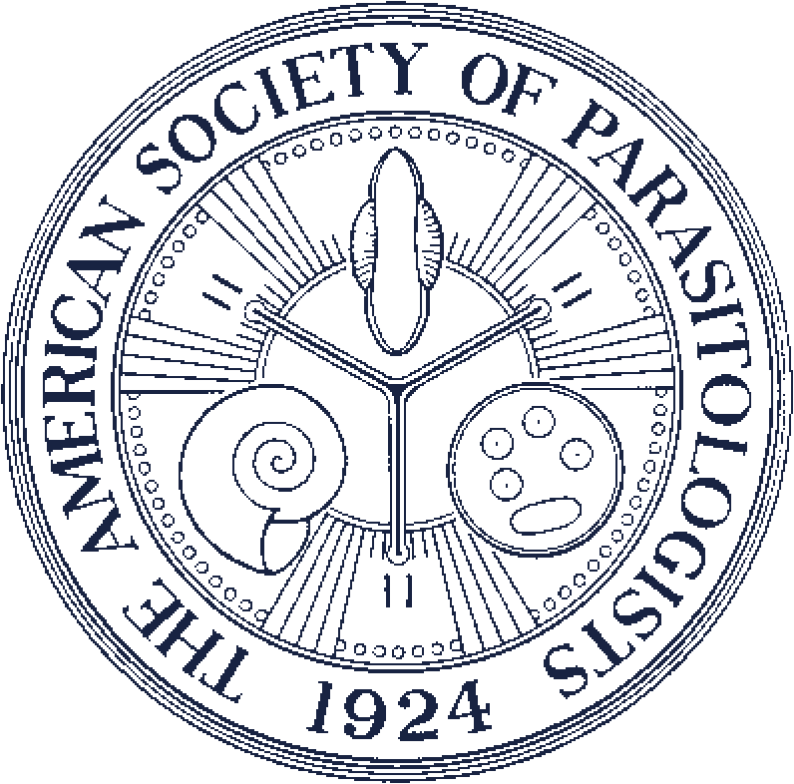Two New Haemoproteus Species (Haemosporida: Haemoproteidae) from Columbiform Birds
Here we describe Haemoproteus (Haemoproteus) multivolutinus n. sp. from a tambourine dove (Turtur timpanistria) of Uganda and Haemoproteus (Haemoproteus) paramultipigmentatus n. sp. (Haemosporida, Haemoproteidae) from the Socorro common ground dove (Columbina passerina socorroensis) of Socorro Island, Mexico. These parasites are described based on the morphology of their blood stages and segments of the mitochondrial cytochrome b gene that can be used for molecular identification and diagnosis of these species. Gametocytes of H. multivolutinus possess rod-like pigment granules and are evenly packed with volutin, which masks pigment granules and darkly stains both macro- and microgametocytes in the early stages of their development. Based on these 2 characters, H. multivolutinus can be readily distinguished from other species of hemoproteids parasitizing columbiform (Columbiformes) birds. Haemoproteus paramultipigmentatus resembles Haemoproteus multipigmentatus; it can be distinguished from the latter parasite primarily due to the broadly ovoid shape of its young gametocytes and significantly fewer pigment granules in its fully developed gametocytes. We provide illustrations of blood stages of the new species, and phylogenetic analyses identify DNA lineages closely related to these parasites. Cytochrome b lineages of Haemoproteus multivolutinus and H. paramultipigmentatus cluster with hippoboscid-transmitted lineages of hemoproteids; thus these parasites likely belong to the subgenus Haemoproteus. We emphasize the importance of using cytochrome b sequences in conjunction with thorough microscopic descriptions to facilitate future identification of these and other avian hemosporidian species.Abstract:

Haemoproteus (Haemoproteus) multivolutinus sp. nov. from the blood of the Tambourine dove Turtur timpanistria. (1) Young gametocyte. (2–8) Macrogametocytes. (9–16) Microgametocytes. Long simple arrows: nuclei of parasites. Long triangle arrows: vacuoles. Short arrows: pigment granules. Simple arrowheads: unfilled spaces between gametocytes and nuclei of infected erythrocytes. Triangle arrowheads: clumps of volutin. Giemsa-stained thin blood films. Bar = 10 μm.

Mature gametocytes of widespread hippoboscid-transmitted species of hemoproteids. (17–19) Haemoproteus columbae from the blood of Columba livia; (20–22) Haemoproteus sacharovi from the blood of Zenaida macroura; (23–25) Haemoproteus multipigmentatus from the blood of Zenaida galapagoensis; (26–28) Haemoproteus palumbis from the blood of Columba palumbus; (29–31) Haemoproteus turtur from the blood of Streptopelia turtur. (17, 18, 20, 21, 23, 24, 26, 27, 29, 30) Macrogametocytes. (19, 22, 25, 28, 31) Microgametocytes. Simple long arrows: nuclei of parasites. Simple short arrows: pigment granules. Triangle arrow heads: clumps of volutin. Giemsa-stained thin blood films. Bar = 10 μm.

Haemoproteus (Haemoproteus) paramultipigmentatus sp. nov. from the blood of the Socorro common ground dove Columbina passerina socorroensis. (32, 33) Young gametocytes. (34–42) Macrogametocytes. (43–47) Microgametocytes. Long simple arrows: nuclei of parasites. Short simple arrows: pigment granules. Simple arrow heads: unfilled spaces between gametocytes and nuclei of infected erythrocytes. Giemsa-stained thin blood films. Bar = 10 μm.

Young gametocytes of Haemoproteus (Haemoproteus) multipigmentatus from the blood of the Galapagos dove Zenaida galapagoensis. (48–50) Note the markedly slender shape of earliest gametocytes. Long simple arrows: nuclei of parasites. Short simple arrows: pigment granules. Giemsa-stained thin blood films. Bar = 10 μm.

Bayesian majority-rule consensus phylogeny of 21 mitochondrial cytochrome b lineages of avian Haemoproteus spp. and 2 lineages of avian Plasmodium spp. used as an outgroup. GenBank accession numbers of sequences are given after parasite species names. Vertical lines indicate group of closely related lineages of hemoproteids belonging to the subgenera Parahaemoproteus (a) and Haemoproteus (b). Lineages in bold face represent parasite lineages of new species of hemoproteids. Values on branches represent the Bayesian posterior probabilities for the different nodes; scale bar is given in percentage.
Contributor Notes
